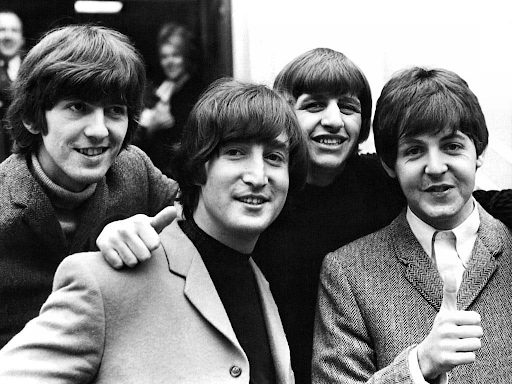The year is 1994: 14 years after John Lennon’s calamitous death. The remaining Beatles – Paul McCartney, Ringo Starr and George Harrison – have reunited to finish two of the three demos that Lennon had recorded before passing: “Free As a Bird” and “Real Love.” Fast forward to 2023 and, with one Beatle fewer, McCartney and Starr have now finished the last of Lennon’s demos and released the current #1 single: “Now and Then.”
Released on Nov. 2, “Now and Then” was dubbed “the last “Beatles” song.” Many fans speculated that Lennon’s voice was produced through the use of AI, but this is not entirely the case.
According to their recently posted short film, “Now and Then – The Last Beatles Song,” that dives into the behind-the-scenes production of the record, Lennon’s singing comes directly from an audiotape he recorded decades ago. The process was only assisted by AI in order to separate the different parts of the recording from each other. Despite the band’s unfortunate circumstances, the new song is truly an authentic piece of The Beatles discography.
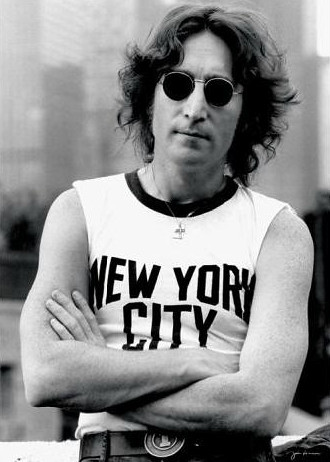
The three Beatles had originally attempted to finish the song in ‘94 whilst working on the other two, but they could not quite figure out how to isolate the vocals from Lennon’s piano playing. What they wanted to achieve with the recording just wasn’t possible at the time and, as a result, they put the song on the shelf. However, in the wake of new technological advancements in the music industry, they began their work on the song once again in 2022.
Finally able to adequately isolate the vocals and get them to sound the way they were intended to, McCartney and Starr started adding their parts to the song, shaping it into the ballad it is today.
In the short film, McCartney states that he began with recording the bass, and then sent the song to Starr for him to add his signature drumming to the tune. A problem surfaced, though, when it became clear that the group no longer had Harrison with them to complete his guitar part for the song. McCartney, however, used the recording of Harrison’s guitar solo he had made for the song in ‘94 and went to work at recreating it by imitating his playing style. A similar process ensued to recreate Lennon’s piano parts as well.
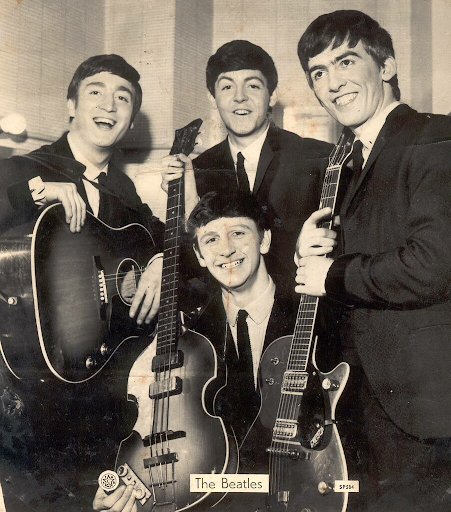
With all of the main components complete, what more would there be to add? Well, there was one more element McCartney thought would be best to incorporate into the mix as well: string instruments. In the short film, McCartney points out how “The Beatles did lots of string things, you know: Strawberry Fields, Yesterday, I’m the Walrus…” as an explanation for his musical decision.
McCartney then set off to Capitol Records to hire an orchestra of string instrument players to compose the perfect harmony to add to the record. To keep the entire plan under wraps, he led them to believe the work was being done for a song of his own, not for “The Beatles.”
On Oct. 25, “The Beatles” posted their first of many teasers of the new song, both confusing and exciting fans for what was to come. Just over a week later, the song was released, overwhelming fans with joy, many of them moved to tears, myself included.
At Art San Diego over the weekend, I met a woman named Nancy Granger who was overseeing the John Lennon art exhibit. She shared with me a similar experience of her own in regard to the new song.
“I was overwhelmed, not just because I got to hear John’s voice again, but I found it haunting. I found it really beautiful.”
Her words paint a picture of how countless “Beatles” fans must have felt on Nov. 2, a sincerely momentous day.
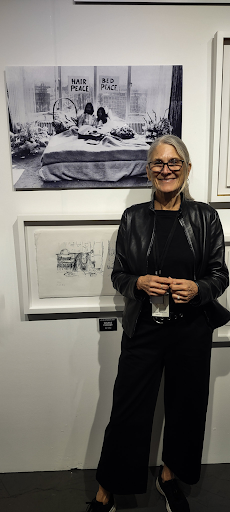
In my personal experience, feeling overwhelmed was an understatement. When I first heard “Now and Then,” I was in utter disbelief; I could not believe that I was here, on Earth, experiencing this monumental piece of music history. This realization struck me on my second listen to the song, reducing me to tears in my first period class.
One “Beatles” fan on the Sage Creek High School campus had an especially sentimental experience with the new song: English teacher Ms. Kalberg.
“The Beatles hit hard at home for me because I grew up listening to them with my dad, and my dad taught my youngest brother how to play the “Yellow Submarine” on guitar when he was three,” she said, giving insight into why the song may have affected her to the level it did.
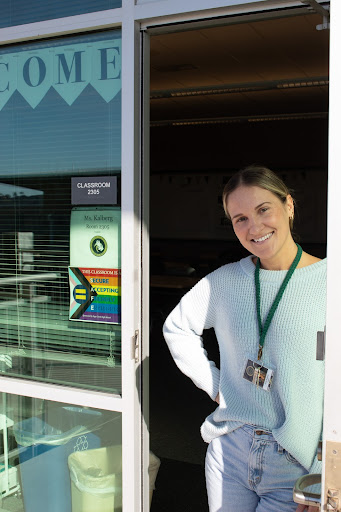
Kalberg continued by saying, “Hearing it I was just, I don’t know, I was kind of emotional just because it was so special and has such a special place in my heart with my family.”
Her experience with the song is representative of the phenomenon that every generation since their founding has been affected by and listens to the Beatles, making the band a quite unlikely but critical case in the history of music. This idea is even acknowledged in a recent TikTok post from Ringo Starr himself where he said, “It blows me away that every generation listens to the “Beatles,” they have a listen.”
Another source of insight into how the song was received by listeners comes from Mr. Ron Cordell: a social science teacher at Sage Creek. He states that “the song has been aging like fine wine; it would have been lost in the sea of the final album. I am glad it was guarded all these years.”
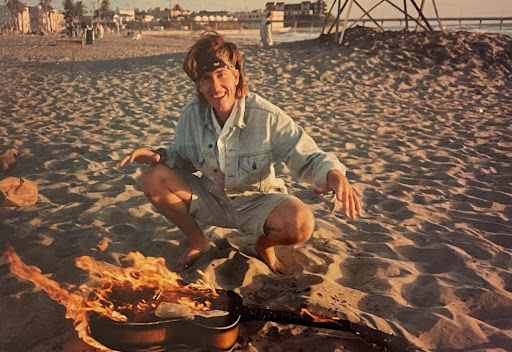
Cordell also believes the song can be viewed “as a love song to each other and to the entity that the four lads were together.” This demonstrates one of the various speculative meanings behind the new track. The last words Lennon ever spoke to McCartney, according to Forbes, were “Think about me every now and then, old friend,” which only gives his theory more plausibility.
Judging by people’s input on the song, “Now and Then” appears to have far exceeded fans’ expectations. It was a flawless finale to The Fab 4, not only concluding their music production as a band, but commemorating the prodigious impact they have had, and always will have, on music as we know it. To have had the privilege to experience their final song was, without a doubt, a lifelong present to music fans across the globe.



